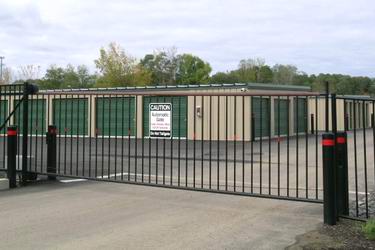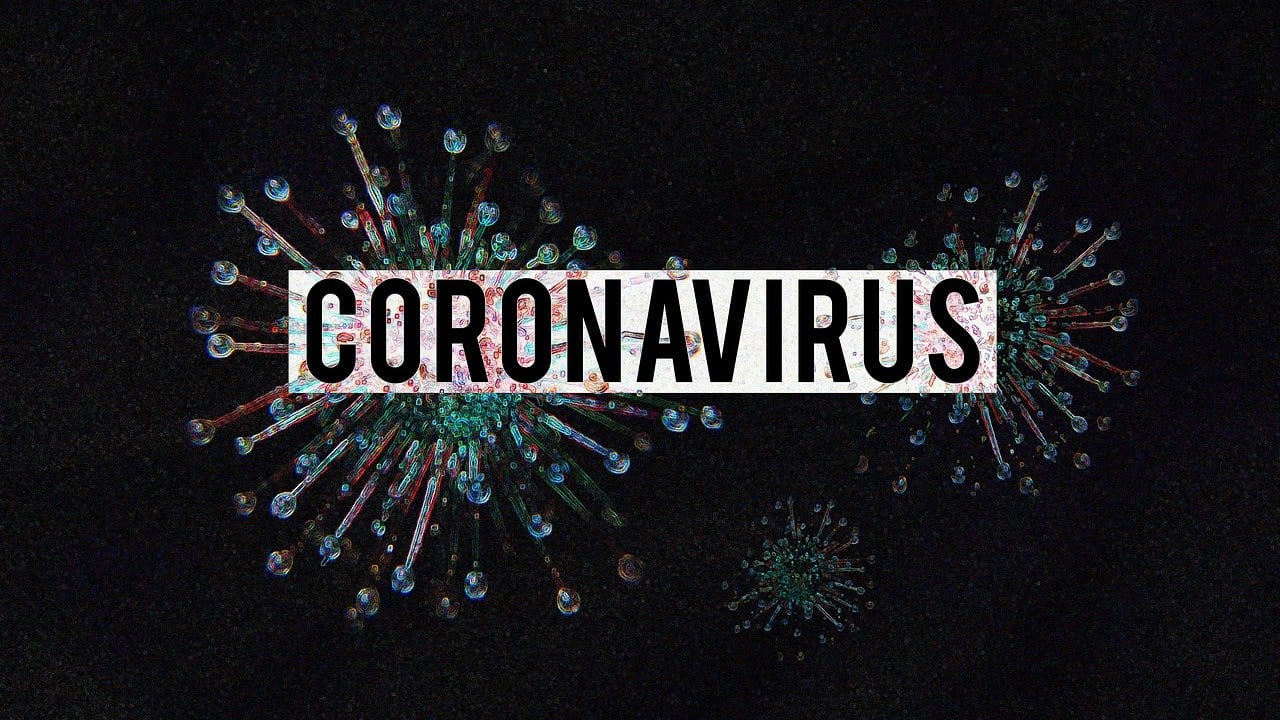Workplace Bullying
What is Workplace bullying?
Workplace Bullying is behaviour which is described as the repeated unreasonable treatment of a person by another or others in the workplace which may be considered unreasonable and inappropriate workplace practice. It includes behaviour that intimidates, offends, degrades or humiliates.
- It is possible for a person to be bullied, harassed and discriminated against at the same time
- Anti discrimination, equal employment opportunity, workplace relations and human rights laws deal with harassment and discrimination matters.
There are generally three criteria to bullying:
- The behaviour is repeated;
- The behaviour is unreasonable; and
- There is also a power imbalance. Power imbalance may occur. through position, status, age, length of time at company, experience, social position within organisation.
Single incidents, a single incident of unreasonable behaviour may have the potential to escalate into bullying and therefore should not be ignored. Single incidents can still create a risk to health and safety.
Repeated behaviour, refers to the persistent nature of the behaviour, not to the specific form the behaviour takes. The bullying may take a number of forms e.g. malicious rumours, text messages, not passing on important information that you require to perform your duties.
Unreasonable behaviour, refers to behaviour that a ‘reasonable person’, having regard to all the circumstances, would find offensive, humiliating, intimidating, degrading or threatening.
Note: As from 1 January 2014, new Federal workplace bullying laws form part of the Fair Work Act 2009.
For the first time, there is an all-encompassing law that makes bullying conduct unlawful with a right to redress workplace bullying through the Fair Work Commission. Under the new laws a worker (which includes employees, contractors, subcontractors, outworkers, apprentices, trainees and students gaining work experience as well as volunteers) have access to the laws if the worker believes that he or she has been bullied at work.
WHS Act & Regulations 2011:
A Person Conducting a Business or Undertaking (PCBU) has a primary Duty of Care and must ensure, so far as is reasonably practicable, the health and safety of workers.
Also, workers have a responsibility in regard to bullying under the WHS legislation. While at work, a worker must:
- Take reasonable care for his or her own health and safety, and
- Take reasonable care that his or her acts or omissions do not adversely affect the health and safety of others persons, and
- Comply, so far as the worker is reasonably able, with any reasonable instruction that is given by the person conducting the business or undertaking to allow the person to comply with WHS Act 2011; and
- Co-operate with any reasonable policy or procedure of the person conducting the business or undertaking relating to health or safety at the workplace that has been notified to workers.
Direct Bullying, (Overtly aggressive behaviour) is perpetrated face to face and can be obvious and aggressive – behaviour that frightens or humiliates, malicious rumours, loud verbal criticism, violence.
Indirect Bullying, (Passive aggressive behaviour) includes deliberate exclusion from normal workplace activities, offensive jokes, setting unachievable deadlines, assigning menial work, unreasonably blocking work opportunities.
Bullying is not always face to face and may be instigated by the bully via emails, sms, social media.
There are five broad categories of behaviour that may not be considered workplace bullying:
- Reasonable management action. This may include:
- Setting reasonable performance goals, standards and deadlines
- Transferring a worker within the business
- Rostering and allocating working hours and tasks
- Not selecting a worker for promotion
- Informing a worker about unsatisfactory work performance or inappropriate behaviour
- Constructive feedback
- Downsizing/restructure – redundancies
- Discrimination and harassment:
- Discrimination has a base linked to personal characteristic. It is covered by the Anti Discrimination Act. Discrimination occurs when a person is treated less favourably than another person because of certain attributes e.g. race, pregnancy, gender, disability (either directly or indirectly). e.g. a female worker is not employed because she may decide to have children and take maternity leave, a worker is never selected to work directly (e.g. front reception) with clients because of their country of origin.
- Harassment is behaviour that is directed at an individual or groups and which is offensive, belittling, humiliating, intimidating or threatening and is unwelcome and unsolicited and is of a type that is usually unreciprocated, expected to be repeated, makes work or study environment unpleasant, humiliating or intimidating for the individual or group. Harassment can be sexual in nature or based on gender, race, disability, sexual preference or a range of other factors.
- Workplace conflict
- Workplace conflict is generally not considered to be workplace bullying. Not all conflict is negative or does it always pose a risk to health and safety. However, in some cases, conflict that is not properly managed may escalate to the point where it fits the criteria for workplace bullying.
- Workplace violence
- Any threats of violence or actual assault within a workplace should be referred immediately to the Police. This is not workplace bullying it is a criminal offence. Any physical attack of one person on another is assault – this is a police matter. Threatening behaviour that is considered to be violence can include actions such as; being locked in a bathroom (deprivation of liberty) at work, being left in a tiger cage without protection (risk of serious personal harm), practical jokes that cause someone to be placed at risk or physically or psychologically harmed.
- Discriminatory, coercive or misleading conduct due to raising or acting on work health and safety issues.
What to do if you are bullied at work.
- Request the bullying behaviour to stop immediately
- Firmly and politely inform the person that their behaviour is unreasonable and ask them to stop
- They may not realise their behaviour is affecting you and may change their behaviour
- Follow any bullying/grievance policies in place at your workplace
- Keep a diary or record of incidents, including names, dates and witnesses
- Ask for support from your manager or supervisor, Health and Safety Representative or union representative.
If you are unable to resolve the bullying issue, report it to:
- Your direct supervisor or manager
- Your Health and Safety Representative who may resolve it through the workplace issue resolution procedure, issue a provisional improvement notice, or arrange for outside assistance
- Your human Resources Manager
- Your WHS Manager
- Your union representative, or
- Regulator (e.g. WorkSafe VIC, SafeWork NSW etc).
You may make a complaint to a Regulatory agency if the behaviour you have experienced meets the definition of bullying and the issue cannot be resolved at your workplace, when,
- You have reported it to your workplace and there has been no action
- You have reported it to your workplace and the response was inadequate (approved internal procedures not followed, ineffective or not implemented)
- You are unable to report it in your workplace because there is no procedure or you are concerned for your health and safety
- You are a PCBU and you need help to resolve an issue.
A Regulatory agency can ensure that a PCBU meets their work health and safety obligations. When an Inspector visits a workplace to make further enquiries about alleged bullying it may:
- Consult with the parties involved
- Provide advice on preventing and responding to bullying
- Refer the matter to another agency, for example if it is discrimination rather than bullying
- Gather further evidence in relation to possible breaches of work health and safety legislation.
Workplace Bullying – No Way !
REMEMBER……….
PREVENTION IS BETTER THAN CURE
SAFETY MAKERS
INTELLIGENT WORKPLACE SAFETY SOLUTIONS
Phone: 0448 27 32 32












